The National Salvation Front
An outlook on FSN, the most important party in Romania in the early 1990s.

România Internațional, 28.12.2015, 13:09
The collapse of the communist regime led by Nicolae Ceausescu on December 22, 1989 also caused the collapse of the Communist Party. The National Salvation Front, whose purpose was to take Romania out of its disastrous economic situation, was seen as a path to the countrys reconstruction. The National Salvation Front was established in the summer of 1989 at the initiative of people who were opposed to the Ceausescu regime. Its most prominent figures included Ion Iliescu, general Nicolae Militaru, Silviu Brucan and Virgil Magureanu. A few months before the Communist Partys last congress in November 1989, the National Salvation Front was sending letters to Radio Free Europe criticising the communist regime. Ceausescus escape from Bucharest on the 22nd of December 1989 left a vacuum that was soon filled by the National Salvation Front and Ion Iliescu. Political commentator Ioan Stanomir described the circumstances in which the National Salvation Front gained prominence:
“The National Salvation Front was a successor party that denied its roots. In other central and east-European states, the communist parties were transformed into socialist and social-democratic parties. In time, this was a good process for democracy in the sense that reformist forces able to promote a new political platform emerged within the former communist parties. In Romania, the Communist Party died with Nicolae Ceausescu and was in fact born again with Ion Iliescu, because its disappearance in name allowed for its lower ranks to regroup and for the preservation of the one-party state system that characterised the Ceausescu era. Under Nicolae Ceausescu, the Communist Party was a mixture of statism and xenophobia, which is precisely what enabled the communist ranks to reinvent themselves as the National Salvation Front.
Despite widespread support among Romanians for the National Salvation Front as a political party, the Fronts politicians always had a complex of inferiority before opposition politicians such as Corneliu Coposu. After the death of the few politicians who survived communism, the typical Romanian politician after 2000 would be modelled on the style of the National Salvation Front. Ioan Stanomir:
“Both Ion Iliescu and Traian Basescu were members of the National Salvation Front. Emil Constantinescu was not part of this political family, but through his leadership style, he was unfortunately unable to dislodge the National Salvation Front bloc during his term in office. Traian Basescu is, indeed, an atypical example because while his populism is in the tradition of the Front, his ability to unsettle the Front tradition in the field of the judiciary is in opposition to the latter. This is where the paradox lies: Basescus heritage is precisely the heritage he sometimes opposes in his public statements, namely the consolidation of the power of the judiciary and the creation of an anticorruption pole in Romania.
Could Romania have had a different leader in 1989? Ioan Stanomir:
“Unfortunately Ion Iliescu was the impending leader. Ion Iliescu is the personality that embodies all Romanians hatred and deformed hopes: hatred against those who are different from them, in the sense of resisting from a political point of view, or who have not shared their egalitarian ideals, and deformed hopes, because Ion Iliescu was an illusion monger, who managed to offer Romanians a surrogate of democratic development. Lets not forget that the belated privatisation processes were all failures, and that together with the failure of the economic restructuring processes is, to a large extent, a failure history assigns to Ion Iliescu and his regime.
One cannot speak about the National Salvation Front without having Ion Iliescu in mind. The 1990s proved that the two were inseparable. But the huge amount of confidence Ion Iliescu enjoyed endured and went beyond that of the Salvation Front. Nevertheless, Ioan Stanomir believes that there was no difference, in political terms, between the National Salvation Front and Ion Iliescu.
“Ion Iliescu is the National Salvation Front, in much the same way as the National Salvation Front is Ion Iliescu. Ion Iliescu should be viewed as more than a personality, he is a syndrome of Romanian society, just as Nicolae Ceausescu used to be part and parcel of Romanian society. It is of utmost importance for Romanians to take a look back at the their past with lucidity and assume responsibility for it, just as other European nations have also tried to do. France is not only General de Gaulle, it is also Marshall Petain, it is also Laval. Germany is not only von Stauffenberg, it is also Goebbels. Similarly, Romania is not only Corneliu Coposu, Ana Blandiana and Doina Cornea, it is also the motherland of those who, in June 1990, warmly applauded the miners. This is the reality and nearly three decades on, it is our responsibility to look that reality in the face.
However, the National Salvation Front was a heterogeneous party that could not stay the same as years passed by and the political class developed. The National Salvation Fronts only divide occurred in 1992, but it was a crucial one. The Fronts conservative wing, clustered around Ion Iliescu, became the National Democrat Salvation Front, the forefather of todays Social Democratic Party, while the reformist wing, which retained its initial name, in time became the Democratic Party.
(Translation by L. Simion and E. Nasta)






























